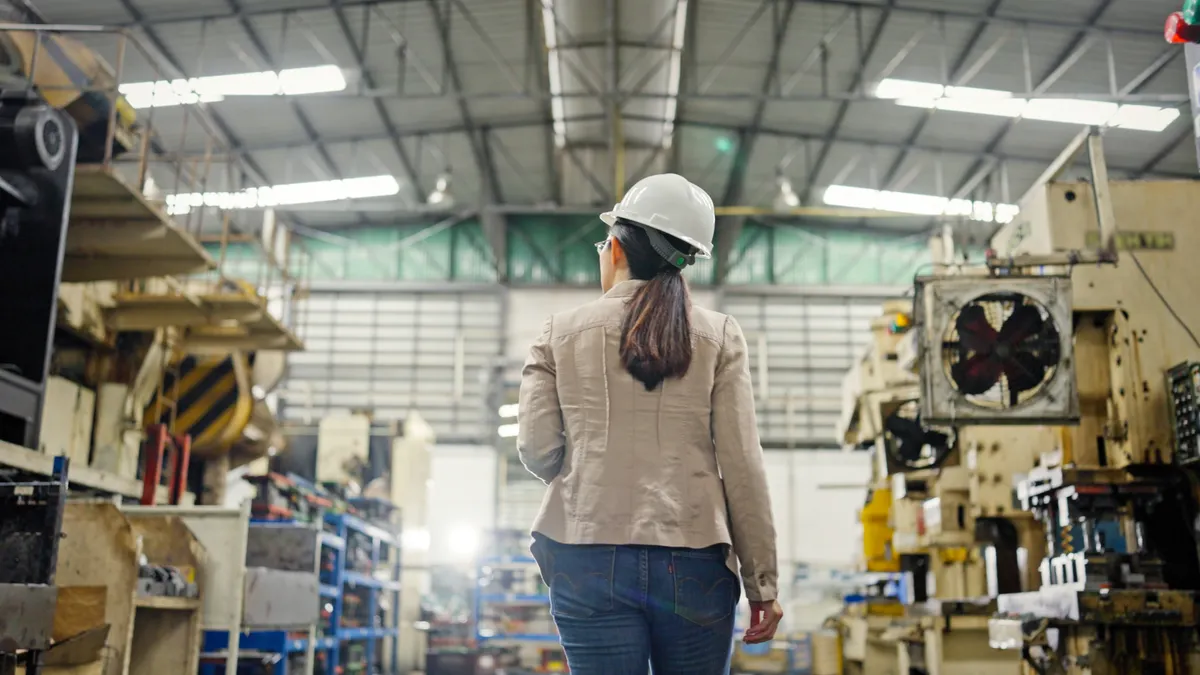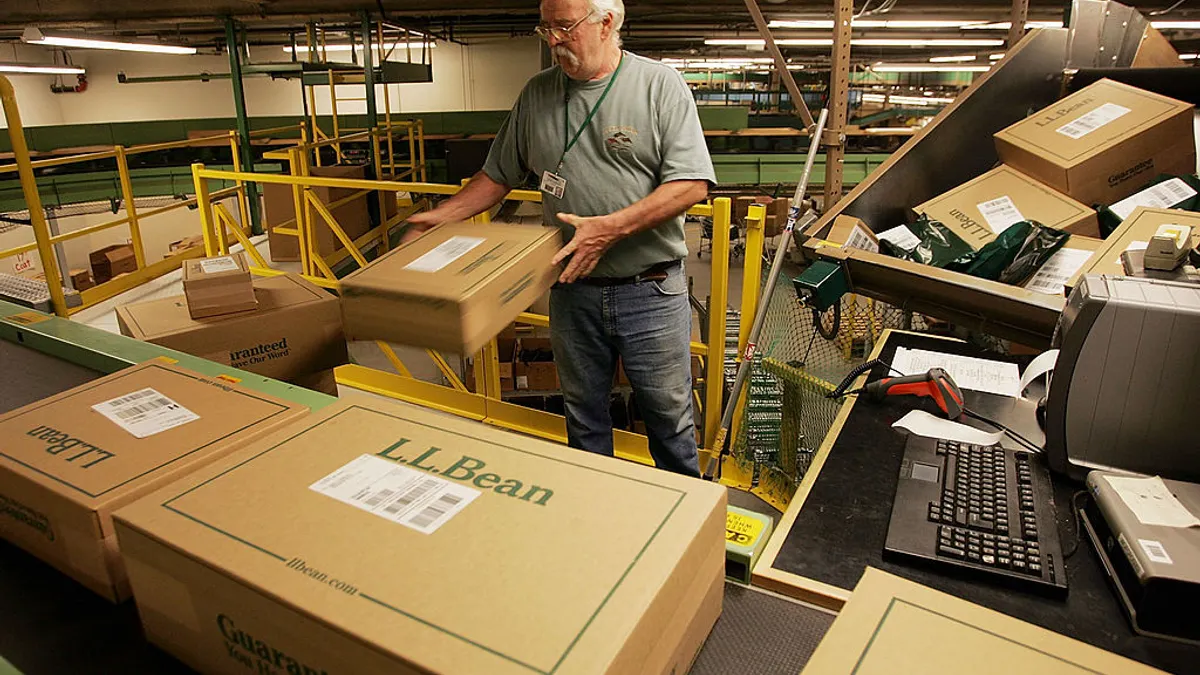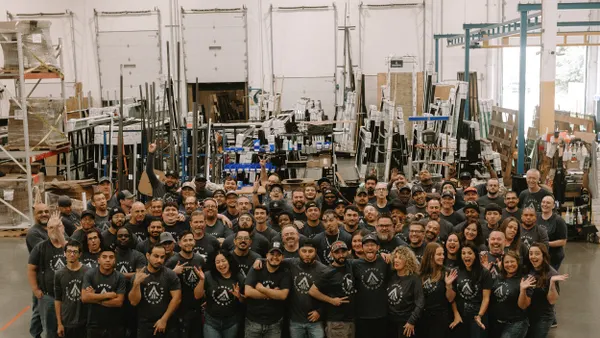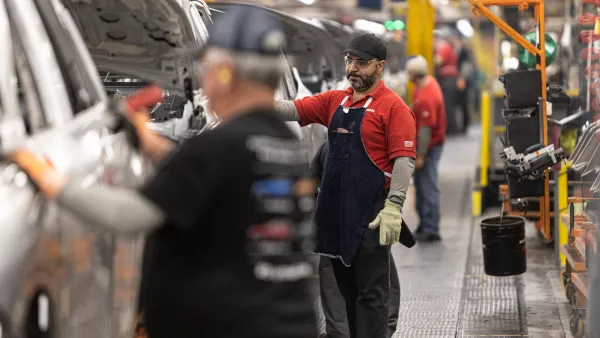It's a bittersweet day — my last as the lead editor of Manufacturing Dive.
We launched this publication nearly three years ago, and since then, our small team has covered a massive industry that's undergoing monumental change in the United States.
We've covered topics such as factory openings and changes in PFAS regulations, as well as the rise of AI and other newsworthy topics. Throughout all of this coverage, however, one issue has underpinned the current era of manufacturing — how to recruit and retain the next generation of workers.
I'm incredibly proud of the work the Manufacturing Dive team has published to investigate this issue and the many ways manufacturers, policymakers and educators are working to solve it through more tailored training, greater flexibility and new curriculum options. It's problem-solving like this that makes me cautiously optimistic about the promise of manufacturing in America.
I admittedly knew very little about modern manufacturing when we began planning the launch of Manufacturing Dive in the summer of 2022. Like many people, I still saw factories as dark and dirty places, part of an antiquated view of the American economy.
I am thrilled to say that notion was immediately proven wrong. Most manufacturing is cutting-edge, innovative and bright (you, our readers, already knew this). Our reporting has shone a spotlight on this work occurring across the country, in small businesses and at international corporations, in sectors like semiconductors, pharmaceuticals, machinery, electric vehicles and solar panels.
Finding employees for all of this work, however, has proven challenging. In every state and every sector, manufacturers are straining to find qualified talent, especially in areas the U.S. is rapidly trying to grow, such as semiconductors.
At the crux of this problem is that many people still don't have a deep understanding of modern U.S. manufacturing. It's an issue that a variety of people — including my own dad, a longtime Ohio workforce development leader — are working to solve through new partnerships, training programs, apprenticeship options and curricula for students of every age.
We know that manufacturing can offer valuable skills, solid wage trajectories and stable careers. We also know that workers today want more flexibility and opportunities to leverage AI, rather than fear being replaced by it. The challenge is to meet those worker demands and showcase the merits of the career path.
Both the Biden and Trump administrations have made manufacturing a core tenet of their domestic agendas, touting massive investments from chipmakers and electric vehicle manufacturers. Worth noting, too, is the work done by both administrations to widen the scope of success in the industry, including the expansion of registered apprenticeships and new financing options for small manufacturers.
While it is clear that the industry is likely not going back to the GDP output levels of decades past, I am optimistic that the U.S. can forge a future as a high-tech, key player in competitive manufacturing sectors, able to produce components such as leading-edge semiconductors and the products they power. If we can recruit and retain the workers to do so.
My hope is that work continues to be done across the industry, in state, local and federal government, as well as in the media, to highlight the many ways people can enter the industry, with and without college degrees. A more widespread understanding of how people can get trained and build careers in manufacturing can help bring workers from all walks of life into the industry and power its future.
I can't wait to read all about it.















